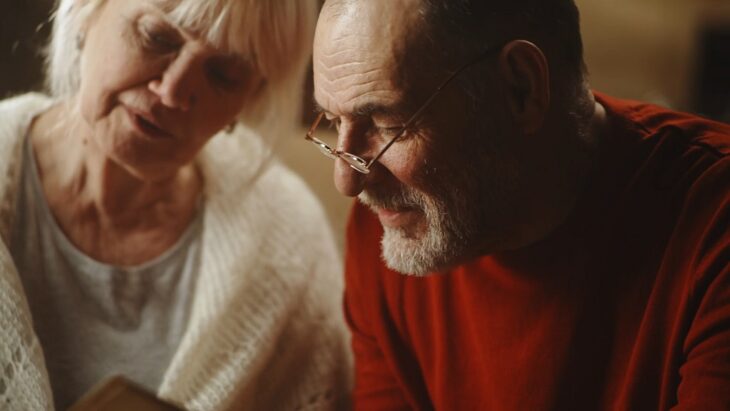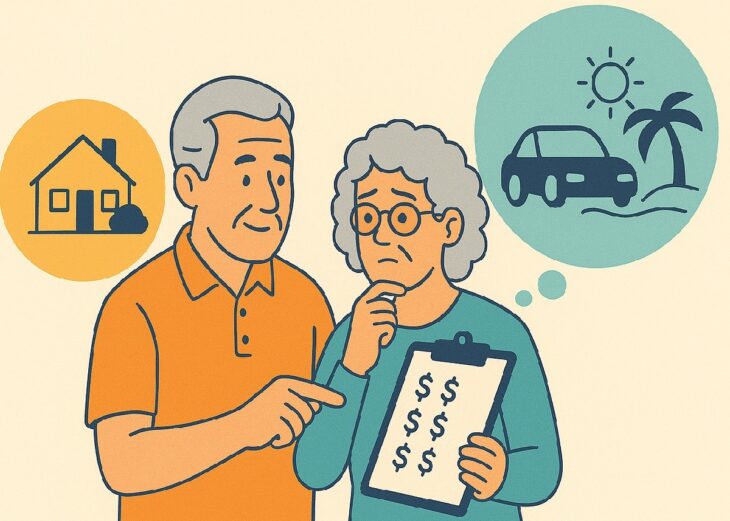For many adults approaching retirement, the idea of slowing down and enjoying life after decades of work is appealing. But a question that continues to challenge both financial advisors and retirees is: how much does retirement cost? The answer, grounded in recent global data, is sobering.
According to a 2024 report by Mercer, the average person retiring at 65 will need 60–80% of their pre-retirement income annually to maintain their lifestyle. In the U.S., this translates to a required savings pool of roughly $1.2 million for the average middle-class couple.
In the UK, retirees face average annual costs of £25,000 to £42,000, depending on lifestyle and housing status. And in Australia, the Association of Superannuation Funds estimates a comfortable retirement for a couple requires AU$70,000 per year.
The biggest mistake people make? Thinking that life will become cheaper once they retire. The reality is more nuanced.
What Are the Core Costs in Retirement?

Though numbers vary by region, lifestyle, and healthcare system, the major categories are surprisingly consistent worldwide.
| Expense Category | Typical Range (USD) | Notes |
| Housing (incl. rent, property tax, insurance) | $10,000–$25,000 | Costs persist even with a paid-off mortgage |
| Food and groceries | $4,000–$9,000 | Increases with dining out, dietary needs |
| Transportation | $3,000–$8,000 | Includes car maintenance, fuel, or public transport |
| Health insurance & out-of-pocket care | $7,000–$15,000 | One of the fastest-growing retirement costs |
| Travel & leisure | $2,500–$10,000 | Higher in early retirement years |
| Utilities & bills | $2,000–$5,000 | Stable, but increasing due to energy costs |
| Personal expenses | $1,500–$4,000 | Clothing, home goods, gifts, etc. |
These numbers can fluctuate widely based on geography, marital status, whether the retiree rents or owns their home, and unforeseen life events.
But even in modest scenarios, retirees spend $40,000 to $60,000 per year on average, more than many anticipate.
Healthcare: The Wild Card

In nearly every retirement budget, healthcare becomes the most unpredictable cost. In the U.S., for instance, Fidelity’s 2024 Retiree Health Care Cost Estimate puts a 65-year-old couple’s expected lifetime medical expenses at $315,000, assuming traditional Medicare coverage with supplemental plans.
This does not include long-term care, which can cost an additional $100,000–$300,000 depending on need.
In countries with public healthcare systems, such as Canada or much of Europe, these costs are partially absorbed by government programs.
But even then, out-of-pocket expenses for medications, dental care, vision, mobility aids, and private services can place financial strain on retirees.
Longevity Is a Blessing, and a Financial Risk
People are living longer than ever before. A 65-year-old today has a strong probability of living into their 80s, and in many countries, women aged 65 now have a 50% chance of reaching age 90. This adds another layer of complexity: the longer you live, the more money you’ll need.
Consider this:
- Retiring at 65 with a $50,000 annual lifestyle=$1.25 million needed for 25 years.
- Add 2% inflation per year, and that figure jumps to $1.6 million.
- Add unexpected costs like adult child support, home renovations, or eldercare, and it’s even higher.
It’s not uncommon for people to underestimate their lifespan and overestimate their ability to keep costs low. This is why financial planning models increasingly recommend planning for 30 years of retirement, not 20.
How Location Shapes Retirement Affordability

Your zip code (or country code) has a massive impact on retirement cost. Housing, healthcare, and taxes vary widely.
| Country | Avg. Annual Cost | Housing Included? | Health System Type |
| United States | $55,000–$75,000 | Partial (varies) | Mixed (Medicare + private) |
| Canada | $42,000–$60,000 | Usually yes | Universal (public) |
| UK | £30,000–£45,000 | Partial | NHS (public) |
| Australia | AU$65,000–AU$80,000 | Yes | Medicare + private |
| Spain | €28,000–€35,000 | Often yes | Public + optional private |
| Thailand | $20,000–$30,000 | Yes | Private-dominant |
While lower-cost countries like Thailand or Portugal attract expats, they also require navigating foreign healthcare, currency risk, and potential residency hurdles.
That said, retirement costs in New Zealand have been gaining attention globally, often sitting between the UK and Australia in terms of housing and healthcare affordability, while still offering a stable, well-governed environment.
Retirement Phases: Spending Isn’t Linear

A key concept in retirement planning is the “spending curve.” Most retirees spend more during the early years of retirement and less later on, until medical care increases in the final decade.
3 Phases of Retirement Spending
- Go-Go Years (65–75)
Travel, home improvements, new hobbies, new cars. Spending is high. - Slow-Go Years (76–85)
Lifestyle slows down, but steady healthcare and household expenses persist. - No-Go Years (86+)
Mobility decreases. Spending shifts to in-home care or assisted living.
Planning with these phases in mind lets you front-load your resources while remaining cautious about long-term security.
Hidden and Overlooked Expenses

Even with a detailed plan, many retirees face costs they didn’t anticipate. Here are just a few:
- Adult children needing financial help (a growing trend post-2020s)
- Roof replacement, plumbing failures, or HVAC upgrades
- Tax obligations on retirement account withdrawals
- Health insurance premium increases or gaps in coverage
- Inflation in niche categories (e.g., insurance, services)
Even well-planned retirement budgets can unravel if these risks aren’t factored in.
Final Thoughts
The key takeaway is that retirement is not a single static number; it’s a multi-decade, dynamic phase of life with evolving costs. The dream of retiring with peace of mind depends heavily on your preparation today. That preparation means:
- Saving early and aggressively
- Factoring in inflation and rising medical expenses
- Planning for 25–30 years, not 15–20
- Adjusting expectations around housing, location, and lifestyle flexibility
Whether you plan to retire in your home country or explore life abroad, ensure your savings reflect your desired quality of life, not just your minimum survival needs. Work with advisors, run realistic projections, and don’t rely solely on averages.


